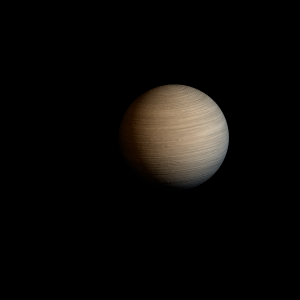|
|
Space Astro
|
Info for exoplanet "Seku Game"
| Scientific (actual) data |
|---|
| Name | OGLE-TR-111 b |
| Planet status | Confirmed |
| Planet mass | 0.54 |
| Radius | 1.077 |
| Orbital period | 4.01451 |
| Semi major axis | 0.047 |
| Orbit eccentricity | 0 |
| Inclination | 88.1 |
| Angular distance | 0.000031 |
| Discovered | 2004 |
| Updated | 2024-08-15 |
| Tzero tr | 2453470 |
| Publication | Published in a refereed paper |
| Detection type | Primary Transit |
| Star name | OGLE-TR-111 |
| Right ascension | 163.33° |
| Declination | -61.41° |
| Mag v | 16.96 |
| Mag i | 15.55 |
| Star distance | 1068.33 |
| Star metallicity | 0.22 |
| Star mass | 0.78 |
| Star radius | 0.979 |
| Star sp type | K2V |
| Star age | 1.1 |
| Star temperature | 4800 |
| Star alternate names | *V759 Car |
| Wikipedia article | OGLE-TR-111 b |
Back
| |
| Fictional info (?) |
|---|
| Suggested name | Seku Game |
| Planet type | Hot gas giant |
| The largest moon, Hechu Tsupe-ryo, has a diameter greater than that of the planet Neptune. |
| Atmosphere | Carbonyl sulfide | 89% |
| Ozone | 5.1% |
| Ammonia | 1.9% |
| Helium | 1.8% |
| Nitric oxide | 1% |
| Carbon monoxide | 0.064% |
| Krypton | 2.0E-6% |
| Atmospheric pressure | 70 bar |
 |
| Moon | Hechu Tsupe-ryo | Huge almost round crater-filled moon |
| Para Doke | Huge almost round ice moon |
| Google search for Seku game |
|
Website by Joachim Michaelis
|
|
|
|